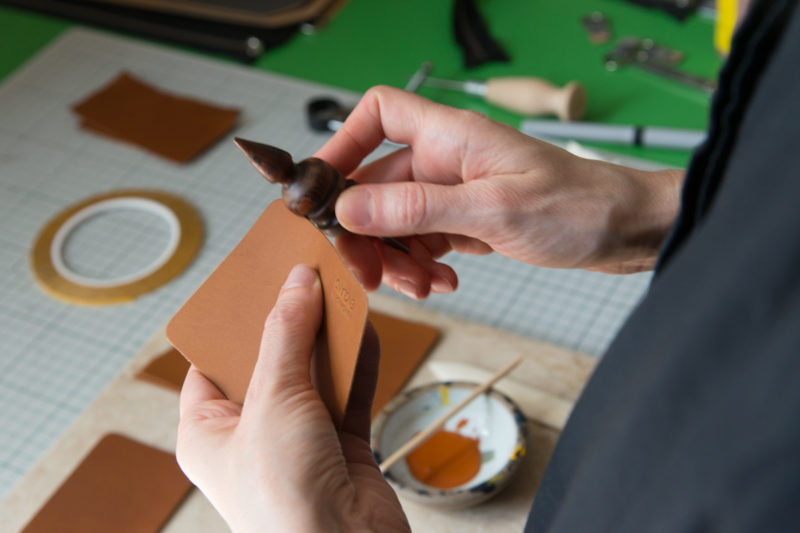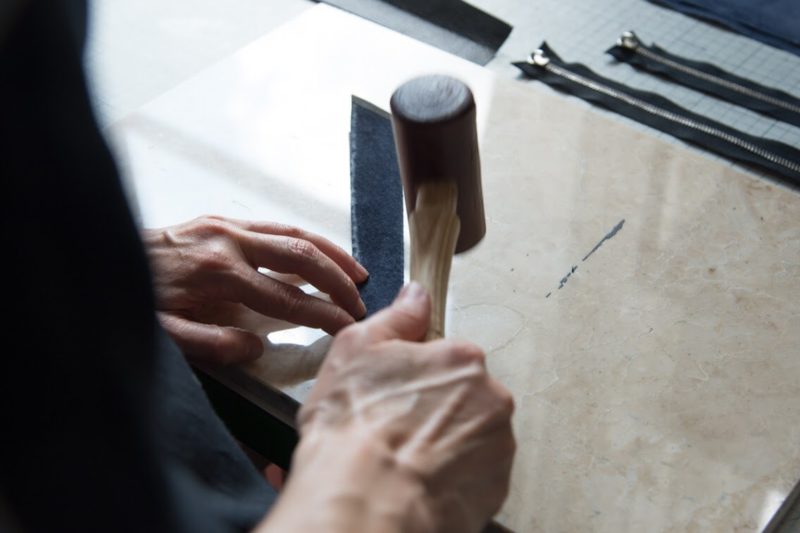Leather History: London’s Rich Leather Industry
Introduced hundreds of years ago, London’s Leather Industry is rich in history and culture. London was involved in all stages of leather production, from producing raw materials, all the way to point of sale of a finished leather product for the consumer.
The supply chain of leather goods extended across tanners, manufacturers and included items of luxury fashion, such as handbags, shoes, accessories, footwear, clothing, upholstery and much more.
In 2015, the leather industry was valued at nearly £1.5 billion – this figure is up by 21.9% from 2011, which shows that we are a nation who still values luxurious leather goods. Considering that they did not include the leather goods or exports of it being used in automotive or upholstery needs, the value of the British leather industry is greater than ever.
Some Defining Historical Moments in London’s Leather Industry
The leather industry is forever growing, evolving and being nurtured. Innovative ideas were patented, old ideas are now being revisited and leather has arrived at a stage where it is considered to be of a sturdy and luxurious nature.
CreateLab has learnt a lot from historical experts in the leather industry and is thankful to some key figures who have helped London’s leather journey come a long way. Here, we examine some of the key dates for leather in London:
1372
Dating back to as late as 1300’s London makes a progress in the industry because The Leathersellers Company of London received its first Ordinances for the dyeing of leather.
The Leathersellers’ Company is thought to have its origins amongst the whittawyers (makers of fine white leather) and pouch-makers who congregated along the London Wall in the early thirteenth century. The English word ‘leather seller’ is first found to describe the occupations of John and Roger Pointel in 1297. However, the earliest official documentary use of ‘leather seller’ for a group of London craftsmen comes in 1372, when members of the craft complained to the mayor about the Dyers. The latter had been dyeing sheep leather to pass it off as more durable and expensive roe leather.
1444
Later, in 1444, the Worshipful Company of Leathersellers was granted Charter of Incorporation in London from Henry VI.
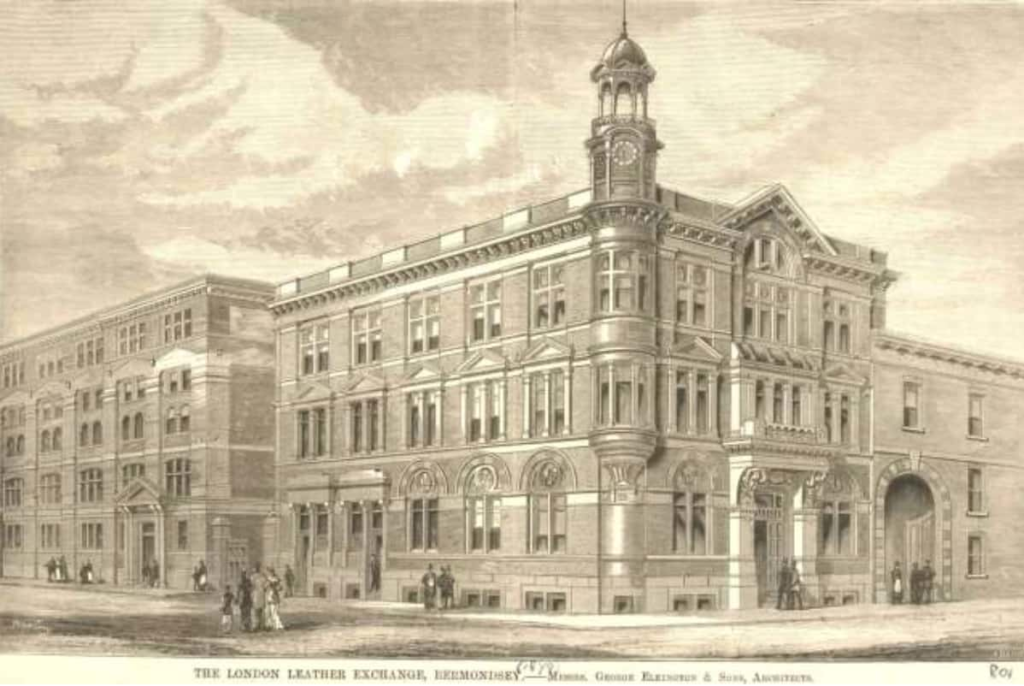
[The Worshipful Company of Leathersellers – Engraving by James Peller Malcolm 1978 – Source: http://www.britishmuseum.org]
1565
Another notable movement in London’s leather history was when two strangers, Roger Heuxtenbury and Bartholomew Verberick, were granted a monopoly patent. They were able to manufacture “Spanish or beyond sea leather in England for seven years. However, on the order that the patentees should hire one native apprentice for every foreigner in their service. This was significant in the leather industry because it implies that the method was new to England. The tannage being familiarised in London was sumach-tanning from Spain, which originates from Cordoba. It was also important as later there was an opinion that oak-tanning was the only vegetable tannage used in the UK.
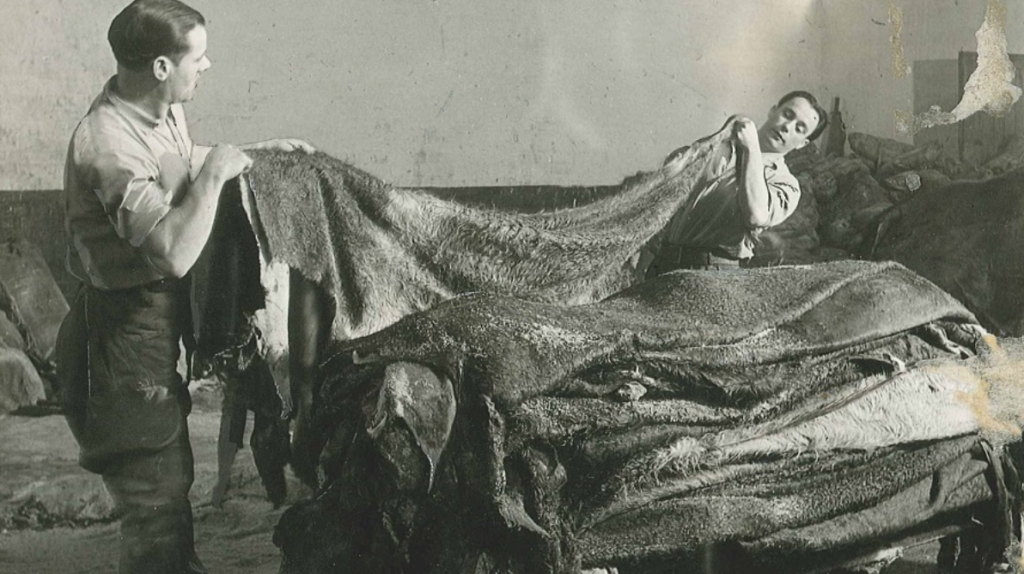
1570
John Shakespeare, the father of William Shakespeare, was a “whittaner” – which means he was a worker of kid, dog and deerskin. At the family home in Stratford on Avon, a room is devoted to showing the work he did to tan leather and making of gloves. Nearby Woodstock was a centre of glove making, on account of the abundant source of deerskins.
1563 and 1604
“The Leather Acts.”
English parliamentary laws were passed which stipulated, amongst other things, that leather intended for the outer soles of shoes should be tanned for at least a year and other shoe leather for at least nine months. The shoemakers had first asked for this and obtained legislative support for it in 1548. (Referenced in “The Organisation of the English Leather Industry in the late sixteenth and seventeenth centuries” by L.A.Clarkson)
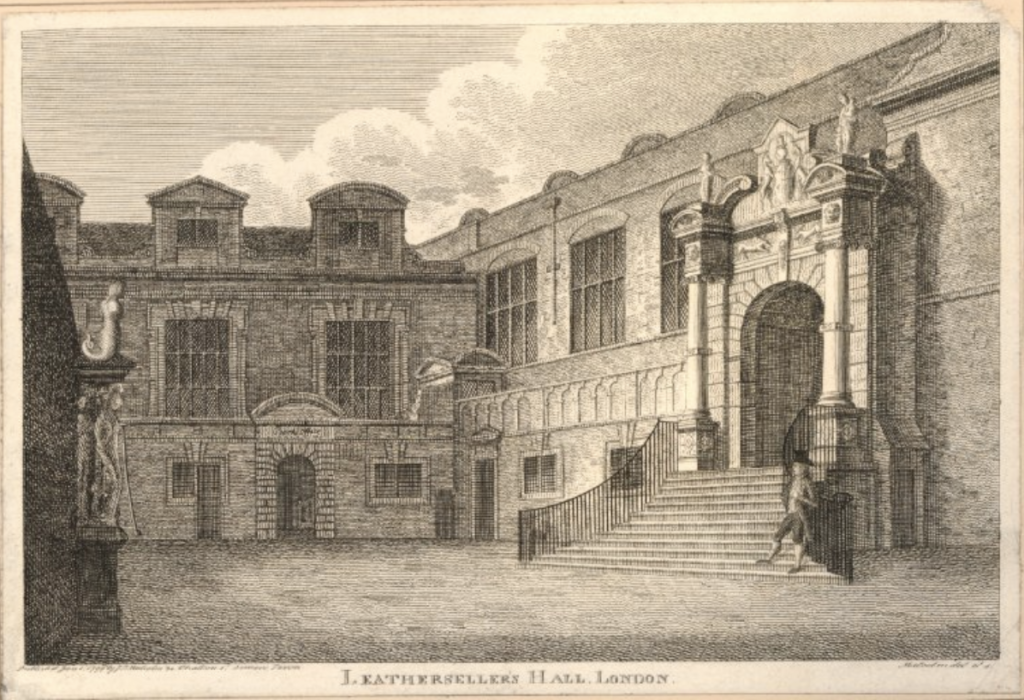
1703
Queen Anne granted a charter for the leather industry in London, and Bermondsey became the major leather-making centre. The Bermondsey leather market was a large roofed square, piled-high with leather skins in the centre.
1790
In the 1790s, Bermondsey had an adequate supply of water, oak trees, and plenty of space to raise animals. This resulted in it producing one-third of all leather in the country.
1851
The invention of the sewing machine changed the nature of the leather-making industries.
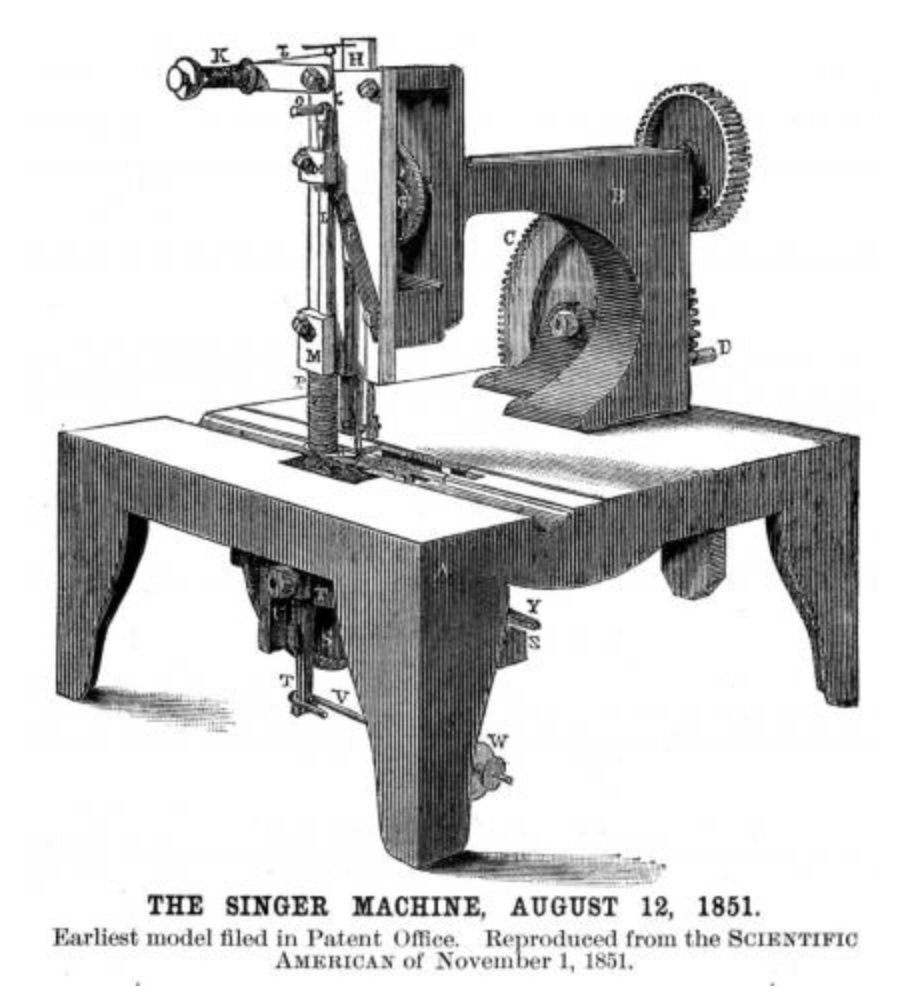
[Credit: https://www.historytoday.com/archive/singer-sewing-machine-patented]
1908
The Leathersellers Company of London equipped and built the National Leathersellers College in London.
1920
British Leather Manufacturers Research Association was founded.
What We Have Learnt From Historical Moments Concerning The Leather Industry:
We revisited these key dates of leather’s history in London, to gain a deep understanding of its evolution and what aspects have been regarded to bring the sector to where it is now. We have learnt about the leather options that came to be, how dyeing of leather in London was granted hundreds of years ago and still exists today in a more elaborate fashion.
We are lucky to exist in this age – as so many advances in the leather industry have been made throughout history that makes our job of producing the most exquisite leather accessories much more accessible. Take the invention of the sewing machine for example – this is a crucial aspect for makers of leather accessories.
We found that leather makers and sellers often settled down where there was a good supply of water, oak trees and plenty of space for animals was where the trade flourished and became what it is today. This is why location, contacts in the industry and creative vision is very crucial to become successful.
Many of us take for granted the ease of finding luxurious leather items off the designer shelves. But, our history is deeply-rooted with those people who fought to pass legislation and bring the leather industry up to scratch.
RELATED ARTICLES
A GUIDE TO LEATHER GRADES
FIVE TIPS ON RECOGNISING GENUINE LEATHER FROM FAKE LEATHER
WHY LEATHER MANUFACTURERS CARE WHEN SOURCING THEIR GOODS
LUXURIOUS LEATHER CHECKLIST: WHAT TO KNOW BEFORE YOU BUY
7 PLACES TO FIND QUALITY GENUINE LEATHER IN LONDON
8 BENEFITS OF MANUFACTURING YOUR LEATHER GOODS LOCALLY
HOW TO STORE YOUR LEATHER GOODS
MAKING LEATHER TIMELESS: NOSAKHARI’S MISSION TO CELEBRATE DIFFERENCE IN THE MODERN WORLD
WHY LEATHER MANUFACTURERS CARE WHEN SOURCING THEIR GOODS
TOP 3 LEATHER MANUFACTURING TRENDS THAT ARE CHANGING THE FUTURE OF FASHION
FROM SKETCH TO STORES: LONDON’S LEATHER FASHION JOURNEY
8 BENEFITS OF MANUFACTURING YOUR LEATHER GOODS LOCALLY
HOW TO PREPARE FOR YOUR DESIGN CONSULTATION
TOP 3 LEATHER MANUFACTURING TRENDS THAT ARE CHANGING THE FUTURE OF FASHION

